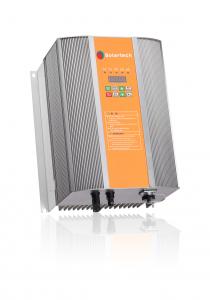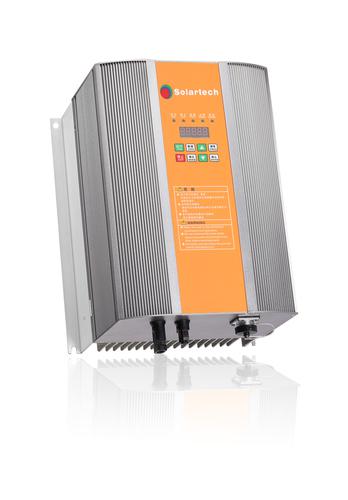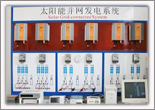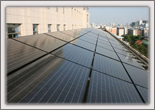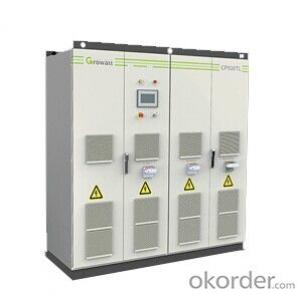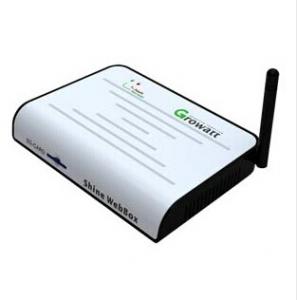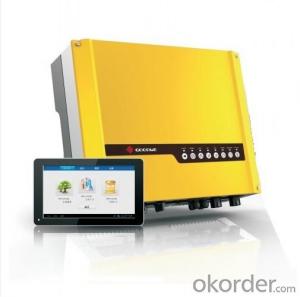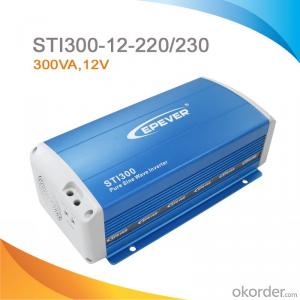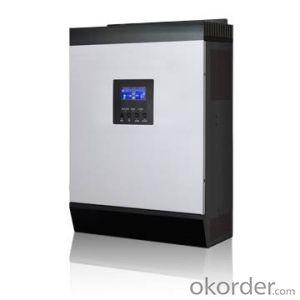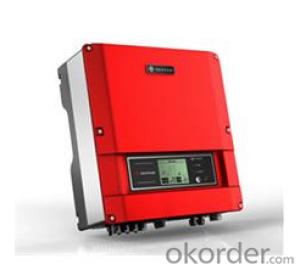Solar Inverter 7.5 Kw - Grid Tied Solar Inverters for Solar On Grid
- Loading Port:
- Shekou
- Payment Terms:
- TT or LC
- Min Order Qty:
- 20 unit
- Supply Capability:
- 800000 unit/month
OKorder Service Pledge
OKorder Financial Service
You Might Also Like
Solar On Grid Inverters, Grid Tied Solar Inverter
Products
Solar On Grid Inverter controls the whole system. Solar Inverters converts the DC current produced by the solar array into AC current, then the Solar On Grid Inverters transfers AC current to the grid, and adjusts the operation point in real-time according to the variation of sunshine to realize the maximum power point tracking (MPPT).
Success Stories
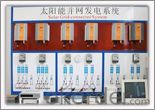
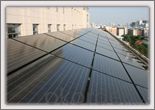
Technical Features
Adopting the dynamic VI MPPT method which has independent intellectual property; fast response and stable operation.A modified anti-islanding detection method can effectively shorten the detection time whilst keeping a high power quality, remove the obstacles to the grid, and suitable for a multi-inverter system.
Digital control with full automatic running, data storage and completely protective function.
Save the daily operating data automatically and consult the operating data for 8 years. It is convenient for statistics and analysis.
Dormancy function, save energy and reduce abrasion.
New design of anodized aluminum case; pretty appearance; perfect cooling and shielding.
Through optimization of the design, On Grid Inverters is adopted with free cooling instead of fans, and then the Solar Home will reduces the maintenance costs.
Light in weight, small in size, flexible installation.
Product Specifications
| Model | GB1000B | GB1500B | GB2000B | GB2500B | GB3000B | GB4000B | GB5000B |
| DC Input | |||||||
| Max. Input Power | 1200 W | 1700W | 2300 W | 2800W | 3400W | 4500W | 5600W |
| Max. Open-Circuit Voltage | 400 V | 450 V | |||||
| Recommended MPP Voltage Range | 160 ~ 320 V | 160 ~ 360 V | |||||
| Max. Input Current | 7A | 8A | 10A | 11A | 12A | 16 A | 20A |
| Reverse Olarity Protection | Yes | ||||||
| Input Current Limit Protection | Yes | ||||||
| AC Output | |||||||
| Rated Output Power | 1000 W | 1500W | 2000 W | 2500W | 3000 W | 4000 W | 5000 W |
| Max. Output Power | 1100 W | 1650W | 2200 W | 2750W | 3300 W | 4400 W | 5500 W |
| Mains Voltage/Frequency | 230 V / 50Hz | ||||||
| Power Factor | >0.99 | ||||||
| Harmonic Distortion of Current | < 4% | ||||||
| Max. Efficiency | 95.00% | 95.00% | 95.20% | 95.20% | 95.30% | 96.10% | 96.20% |
| Efficiency In Europe | 94.10% | 94.10% | 94.40% | 94.40% | 94.50% | 95.20% | 95.40% |
| Anti-Islanding Protection | Yes (with National Patent) | ||||||
| Short Circuit Protection | Yes | ||||||
| Common Data | |||||||
| Isolation | No transformer | ||||||
| Protection Degree | IP52 | ||||||
| Cooling | Free convection cooling | ||||||
| Operating Temperature | -10 ℃ ~ +50 ℃ | ||||||
| Operating Humidity | 0 ~ 95 % | ||||||
| Communication Interface | RS232/RS485 | ||||||
| Dimensions(W*H*D) | 250*310*165mm | 250*310*200mm | 310 * 400 * 235 mm | ||||
| Weight (KG) | 8 | 8 | 9.5 | 9.5 | 10 | 17 | 17.5 |
| Certification | |||||||
| Applicable Safety Standard | EN 50178 | ||||||
| EMC | EN61000-3-2,EN61000-3-3,EN61000-6-1,EN61000-6-3 | ||||||
| Grid Monitoring | UL 1741,IEEE 929,VDE0126-1-1 | ||||||
| Warranty Period | 5 years | ||||||
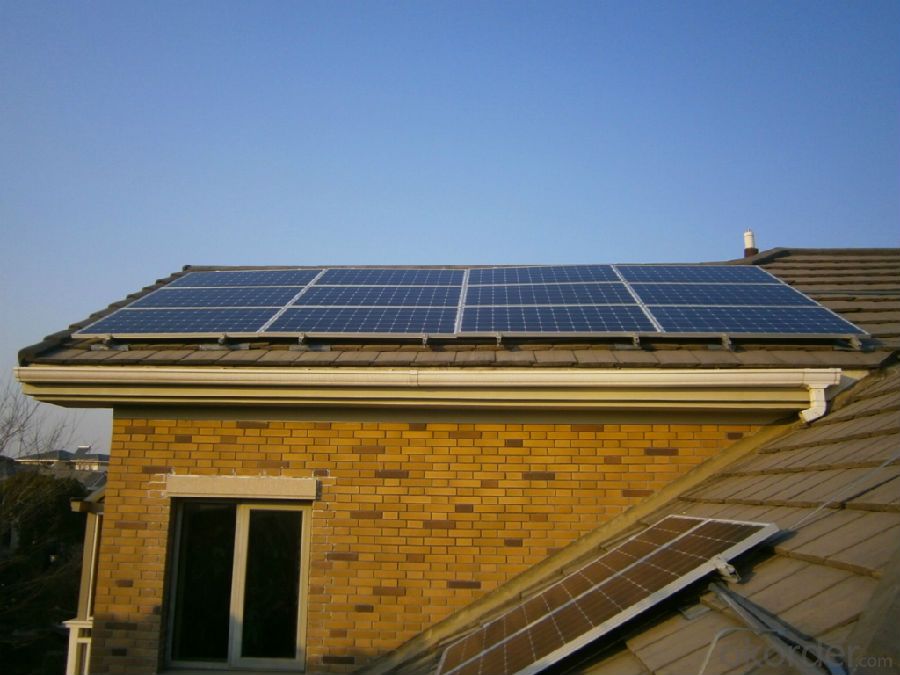
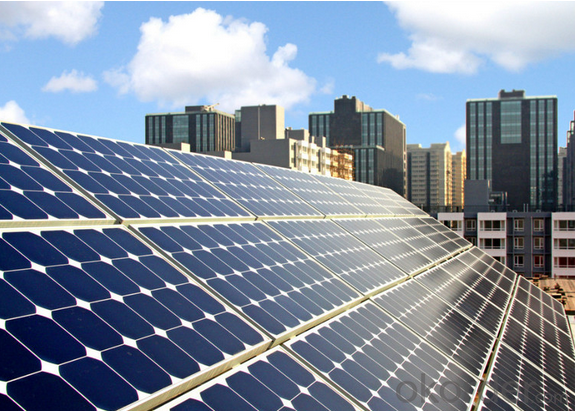
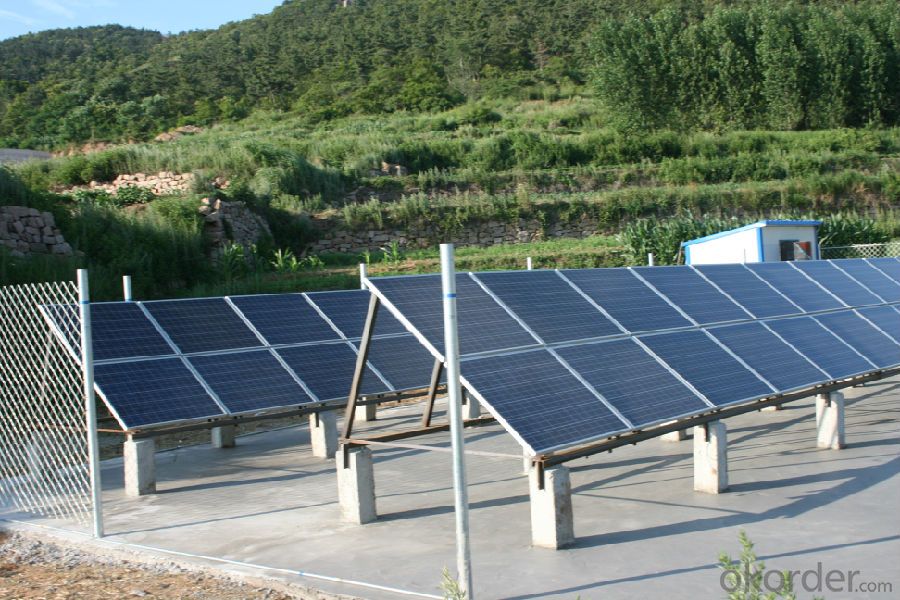
- Q: How does the input current rating affect the performance of a solar inverter?
- The input current rating of a solar inverter affects its performance by determining the maximum amount of current it can handle from the solar panels. If the input current rating is too low, it may limit the amount of power that can be converted and fed into the electrical system. On the other hand, if the input current rating is too high, it may lead to excessive heat generation and potential damage to the inverter. Therefore, selecting an appropriate input current rating is crucial for optimal performance and efficient energy conversion of a solar inverter.
- Q: Can a solar inverter be used in regions with high levels of lightning activity?
- Yes, a solar inverter can be used in regions with high levels of lightning activity. However, it is important to ensure that the solar inverter is properly installed and equipped with surge protection devices to mitigate the risks associated with lightning strikes. Additionally, regular maintenance and inspections should be carried out to ensure the safety and functionality of the solar inverter in such regions.
- Q: How does a solar inverter handle voltage fluctuations from the solar panels?
- A solar inverter handles voltage fluctuations from the solar panels by continuously monitoring the incoming voltage and adjusting its own output voltage accordingly. It employs a control mechanism that stabilizes the voltage to ensure compatibility with the utility grid or the connected appliances. This enables the solar inverter to efficiently convert the variable DC voltage from the solar panels into a stable AC voltage, maintaining a consistent and reliable power supply.
- Q: What is the role of power factor correction in a solar inverter?
- The role of power factor correction in a solar inverter is to improve the efficiency and stability of the system by minimizing the reactive power and optimizing the power factor. This ensures that the inverter operates at its highest efficiency and reduces any voltage drops or disturbances in the grid. Additionally, power factor correction helps to comply with grid regulations and standards, preventing penalties and ensuring smooth integration of solar power into the electrical grid.
- Q: How do you calculate the payback period for a solar inverter?
- To calculate the payback period for a solar inverter, you need to divide the initial cost of the inverter by the annual savings it generates. The payback period is the amount of time it takes for the cumulative savings to equal the initial cost.
- Q: What is the difference between low voltage grid connection and medium voltage grid connection?
- Have a low pressure through the function set, low pressure through the scope of the project requirements, grid and network requirements and the actual situation of the design), low voltage grid to pass the voltage range is less than the medium pressure, parameter settings are not sensitive and complex.
- Q: What is the role of voltage regulation in a solar inverter?
- The role of voltage regulation in a solar inverter is to ensure that the voltage output from the solar panels is converted and maintained at a stable and appropriate level for efficient and safe operation of electrical devices or for grid connection. This regulation helps to optimize the performance of the solar inverter and prevents voltage fluctuations that could potentially damage or disrupt the functioning of connected equipment.
- Q: What are the safety features of a solar inverter?
- The safety features of a solar inverter typically include surge protection, overvoltage protection, short circuit protection, ground fault detection, and overtemperature protection. These features help to prevent damage to the inverter and the electrical system, ensuring safe and reliable operation.
- Q: Are there any noise or vibration concerns associated with solar inverters?
- Yes, there can be noise and vibration concerns associated with solar inverters. However, the extent of these concerns will vary depending on the specific make and model of the inverter. Some inverters may produce a low humming or buzzing noise during operation, which is generally considered normal. However, if the noise becomes excessively loud or disruptive, it may indicate a malfunctioning or poorly installed inverter. Similarly, vibrations can occur in solar inverters, especially if they are not properly secured or mounted. These vibrations can potentially cause additional noise or even lead to damage if left unaddressed. Proper installation and maintenance practices, such as securely fastening the inverter and regularly inspecting for any signs of loose components or abnormal vibrations, can help mitigate these concerns. It is important to note that advancements in technology have led to the development of quieter and more efficient solar inverters. When selecting an inverter for a solar system, it is advisable to research and choose a reputable brand that has a track record of producing inverters with minimal noise and vibration issues. Additionally, consulting with a professional solar installer can provide valuable insights and recommendations to ensure a smooth and quiet operation of the solar inverter.
- Q: What is the maximum output voltage of a solar inverter?
- The maximum output voltage of a solar inverter depends on its design and specifications. Generally, the maximum output voltage can range from 240 to 600 volts for residential inverters, and up to several thousand volts for commercial or utility-scale inverters.
Send your message to us
Solar Inverter 7.5 Kw - Grid Tied Solar Inverters for Solar On Grid
- Loading Port:
- Shekou
- Payment Terms:
- TT or LC
- Min Order Qty:
- 20 unit
- Supply Capability:
- 800000 unit/month
OKorder Service Pledge
OKorder Financial Service
Similar products
Hot products
Hot Searches
Related keywords
